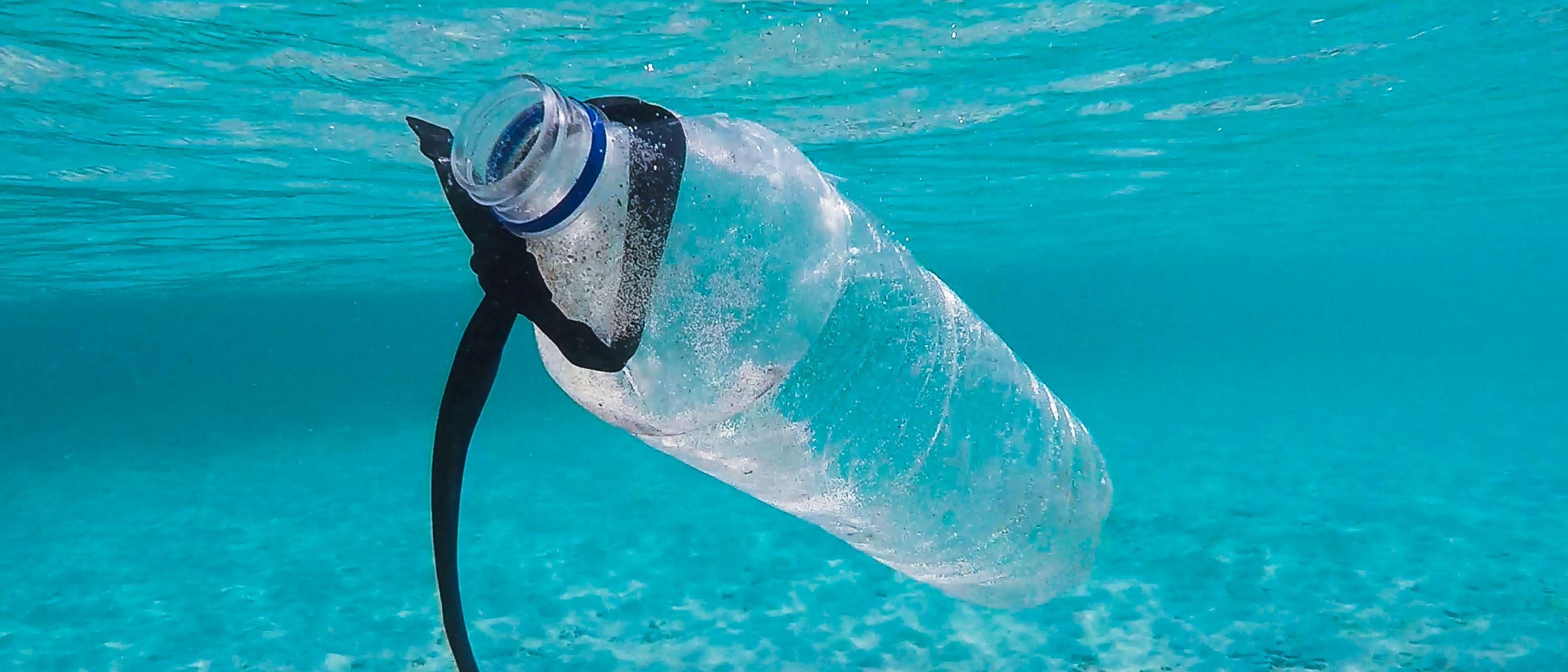Quick summary:
- Nearly 2 million pieces of plastic detected per square metre in Mediterranean
- Highest concentration ever discovered found in sediment deposits
- Visible rubbish thought to account for only 1% of actual marine waste
Scientists have discovered the highest concentrations of microplastics ever detected, as part of a study investigating the seabed in the Mediterranean.
The study found 1.9 million pieces of microplastic per square metre, in silt deposits on the ocean floor between the Mediterranean islands of Corsica and Sardinia. However, the researchers expect that such high concentrations will be present in similar sediment deposits elsewhere.
Microplastics are defined as pieces of plastic measuring less than 5mm. These particles are usually produced from the breakdown of other plastic objects – including single-use straws, disposable cups, and plastic bags – as well as from synthetic materials used in clothing.
Whilst it is not certain, prior studies have shown that microplastics can be very harmful for marine life. When ingested, they are not processed by the body and may even be toxic.
“Plastic Hotspots”
It is thought that 8 million tonnes of plastic enter the ocean every year, with visible plastic waste estimated to account for only 1% of total ocean plastic.
Yet, the research that contributed to the recent study helps to explain where the vast majority of ocean plastic might be.
“Plastic debris is gradually broken down into smaller and smaller fragments in the ocean”, Ian Kane, who led the study, described. “Our new research shows that powerful currents sweep these microplastics along the seafloor into large drifts, which concentrate them in astounding quantities”.
The “plastic hotspots” that these currents produce are feared to overlap with some of the ocean’s richest areas of biodiversity. This is because the ocean currents do not only transport plastic, but oxygen and nutrients too, upon which deep-sea life depends.
Rather than just floating on the surface, therefore, plastic may have found its way into deeper parts of the ocean than previously imagined.
Nor are microplastics only to be found in the sea. Recent studies have found microplastics in Antarctic glaciers, in the Pyrenees mountain range, and at the peak of the highest mountain in Wales.
Tackling Ocean Plastic
The publication of the research follows the EU’s commitment to a single-use plastics ban by 2021. However, Professor Elda Miramontes, one of the researchers who contributed to the study, told the BBC News that more is needed – and that the global response to COVID-19 should be an inspiration.
"We're all making an effort to improve our safety and we are all staying at home and changing our lives – changing our work life, or even stopping work," she said. "We're doing all this so that people are not affected by this sickness. We have to think in the same way when we protect our oceans."
Photo by Brian Yurasits on Unsplash


